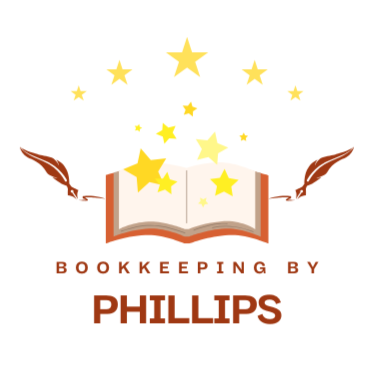How to Analyze a Balance Sheet (Without the Headache)
If you’ve already tackled your Profit & Loss statement (P&L), you’re halfway to understanding your business’s financial story. The next chapter your Balance Sheet—the snapshot that shows what your business owns, owes, and how much is truly yours.
Let’s break it down, just like we did with the P&L, so you can feel confident reading your numbers and making smart decisions.
What Is a Balance Sheet?
While your P&L shows performance over time, your balance sheet shows your financial position at a single moment. It’s made up of three key sections:
Assets – What your business owns (cash, inventory, equipment)
Liabilities – What your business owes (credit cards, loans, unpaid bills)
Equity – What’s left for you as the owner (your stake in the business)
The formula is simple and always holds true: Assets = Liabilities + Equity
How to Read Your Balance Sheet Like a Pro
1. Start with the Snapshot
Compare total assets to total liabilities.
Are you in a strong position? Can you cover what you owe?
2. Zoom in on Liquidity
Here’s where the Current Ratio comes in. It helps you answer one simple question:
Do I have enough money (or things I can quickly turn into money) to cover what I owe soon?
Let’s break it down with a simple analogy:
Think of It Like a Fruit Bowl:
You have 10 apples (your current assets—cash, inventory, unpaid invoices)
You owe 5 apples to others (your current liabilities—bills, short-term loans)
Your current ratio is: 10 /5 = 2
That means you have twice as much as you need to pay your short-term bills. You’re in a good spot!
What the Numbers Mean:
If your current ratio is above 1, that’s a good sign—you have more than enough to cover your short-term bills. You’re in a stable position and might even be ready to invest in growth or take on new opportunities.
If your current ratio is exactly 1, you’re breaking even. You can pay your bills, but there’s no cushion. It’s not a red flag, but it’s a signal to be cautious and keep a close eye on cash flow.
If your current ratio is below 1, it means you don’t have enough short-term assets to cover your upcoming obligations. That’s a cue to pause and reassess—maybe tighten spending, boost collections, or look for ways to increase cash on hand.
3. Check Your Debt Load
Review long-term liabilities like loans.
Use the Debt-to-Equity Ratio to see how much of your business is funded by debt vs. your own investment.
4. Track Changes Over Time
Compare balance sheets from different months or quarters.
Are assets growing? Is debt shrinking? Is equity increasing?
5. Connect It to Your P&L
If your P&L shows profit, your equity should grow.
If equity is shrinking, dig deeper—are expenses eating into your margins?
Real Talk for Small Biz Owners
Balance Sheet = Stability
Your P&L shows how you’re doing. Your balance sheet shows how stable you are.Use Both Together
Think of your P&L and Balance sheet as a financial GPS. One shows your speed, the other shows your location.Software Makes It Easy
Tools like Xero and QuickBooks Online generate balance sheets automatically—just make sure your data is clean and up to date.
Final Thoughts
Understanding your balance sheet doesn’t mean becoming an accountant. It means becoming a more empowered business owner. When you pair it with your P&L, you get the full picture—and that’s where real clarity begins.
Understanding your numbers is just the beginning. Let’s turn clarity into confidence—bookkeeping support is just a message away.
